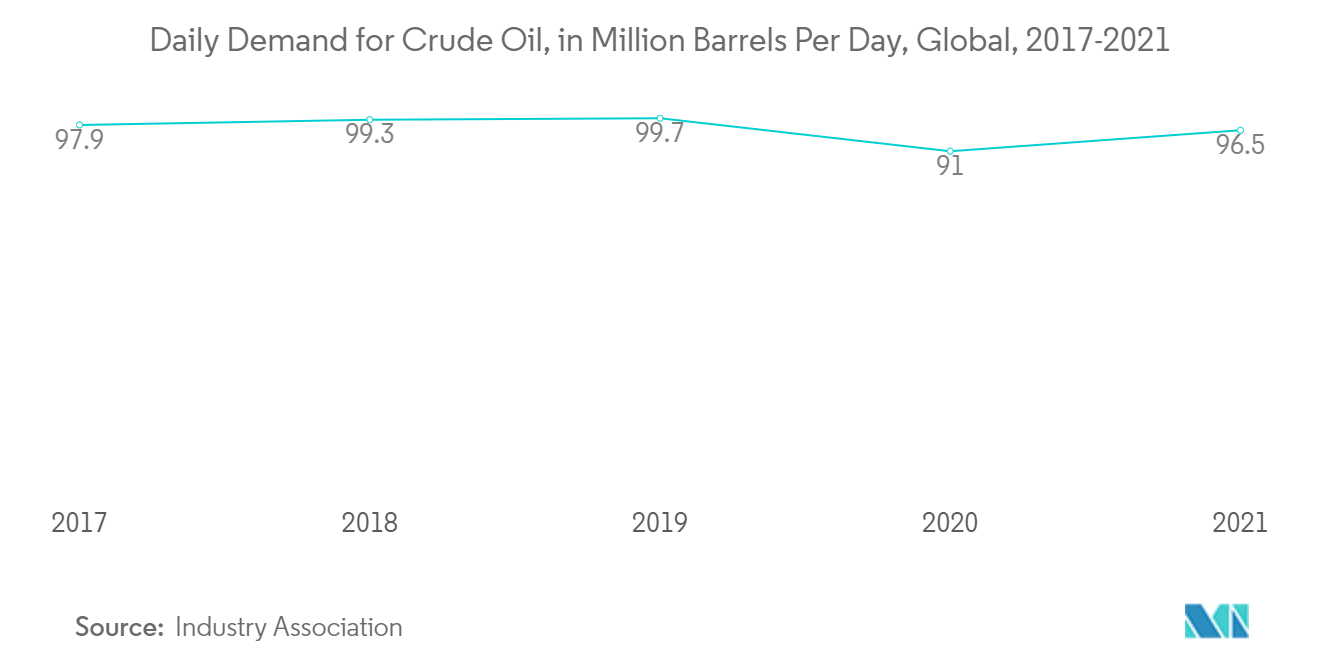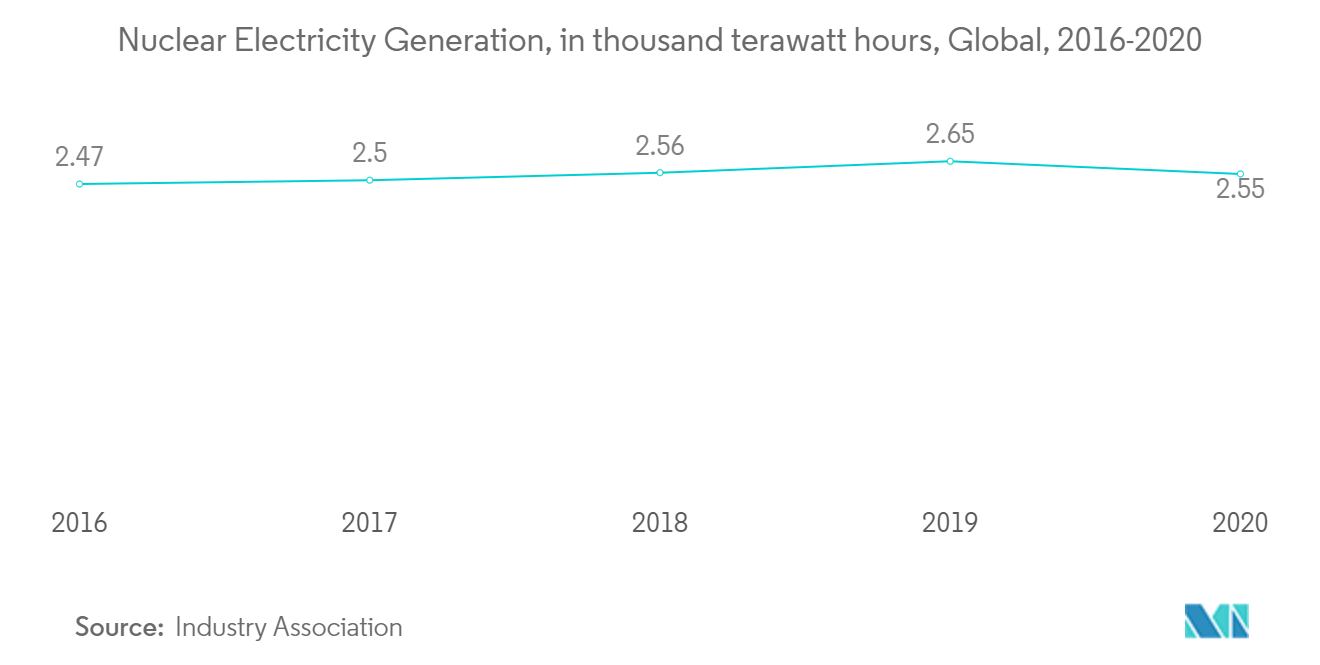Market Trends of Global Pressure Relief Valves Industry
This section covers the major market trends shaping the Pressure Relief Valves Market according to our research experts:
Increasing Oil & Gas Demand Driving the Growth of the Market
Each day, the world produced 95.57 million barrels of oil in 2021, and in 2022, it's estimated that this will reach 99.89 million barrels per day. In 2020, the world's crude oil demand reached 91 million barrels per day. This was the lowest amount of demand since 2012, but it quickly increased as COVID-19 pandemic lockdowns began to lift during 2021 and into 2022. In 2021, the world discovered the equivalent of 4.7 billion barrels of oil in crude oil and natural gas. The U.S. consumes 17.178 million barrels of oil per day. This makes the U.S. the leading country as far as oil consumption goes, followed by China, which consumes 14.225 million barrels per day, and India, which consumes 4.669 million barrels per day.
In 2021, the world consumed 97.39 million barrels of oil a day. In 2022, it's estimated that the world will consume 99.61 million barrels per day, and by 2023, it's estimated that consumption will reach 101.55 million barrels per day. The crude oil to the refineries and refined products such as gasoline, kerosene, jet fuel, and heating oil from refineries to the market are carried through oil pipelines. Overly high-pressure levels could result in pipeline bursts or cause even the most resilient valves to malfunction. Due to this, pressure relief valves are installed in an oil pipeline. The growing oil & gas across the world will surely drive the pressure relief valves market.

Increasing Need for Nuclear Power Expected to Drive the Growth of the Market
According to World Nuclear Association, around 10% of the world's electricity is generated by about 440 nuclear power reactors. About 55 more reactors are under construction, equivalent to approximately 15% of the existing capacity. In 2020 nuclear plants supplied 2553 TWh of electricity, down from 2657 TWh in 2019. Prior to 2020, electricity generation from nuclear energy had increased for seven consecutive years. Thirteen countries in 2020 produced at least one-quarter of their electricity from nuclear. France gets around three-quarters of its electricity from nuclear energy, Slovakia and Ukraine get more than half from nuclear, whilst Hungary, Belgium, Slovenia, Bulgaria, Finland, and the Czech Republic get one-third or more. South Korea normally gets more than 30% of its electricity from nuclear, while in the USA, UK, Spain, Romania, and Russia about one-fifth of electricity is from nuclear.
There is a need for new generating capacity around the world, both to replace old fossil fuel units, especially coal-fired ones, which emit a lot of carbon dioxide, and to meet the increased demand for electricity in many countries. The World Nuclear Association has put forward an ambitious scenario called the Harmony programme which proposes the addition of 1000 GWe of new nuclear capacity by 2050, to provide 25% of electricity then (about 10,000 TWh) from 1250 GWe of capacity (after allowing for retirements).
Surge in need for nuclear power generation is expected to open up new opportunities for pressure relief valves industry participants. As pressure relief valves are critical for safeguarding turbines, super heaters, and boilers and allowing station to operate at a predetermined pressure.


